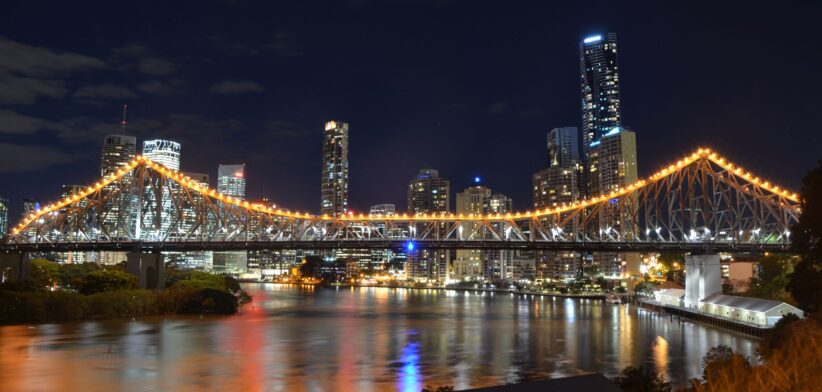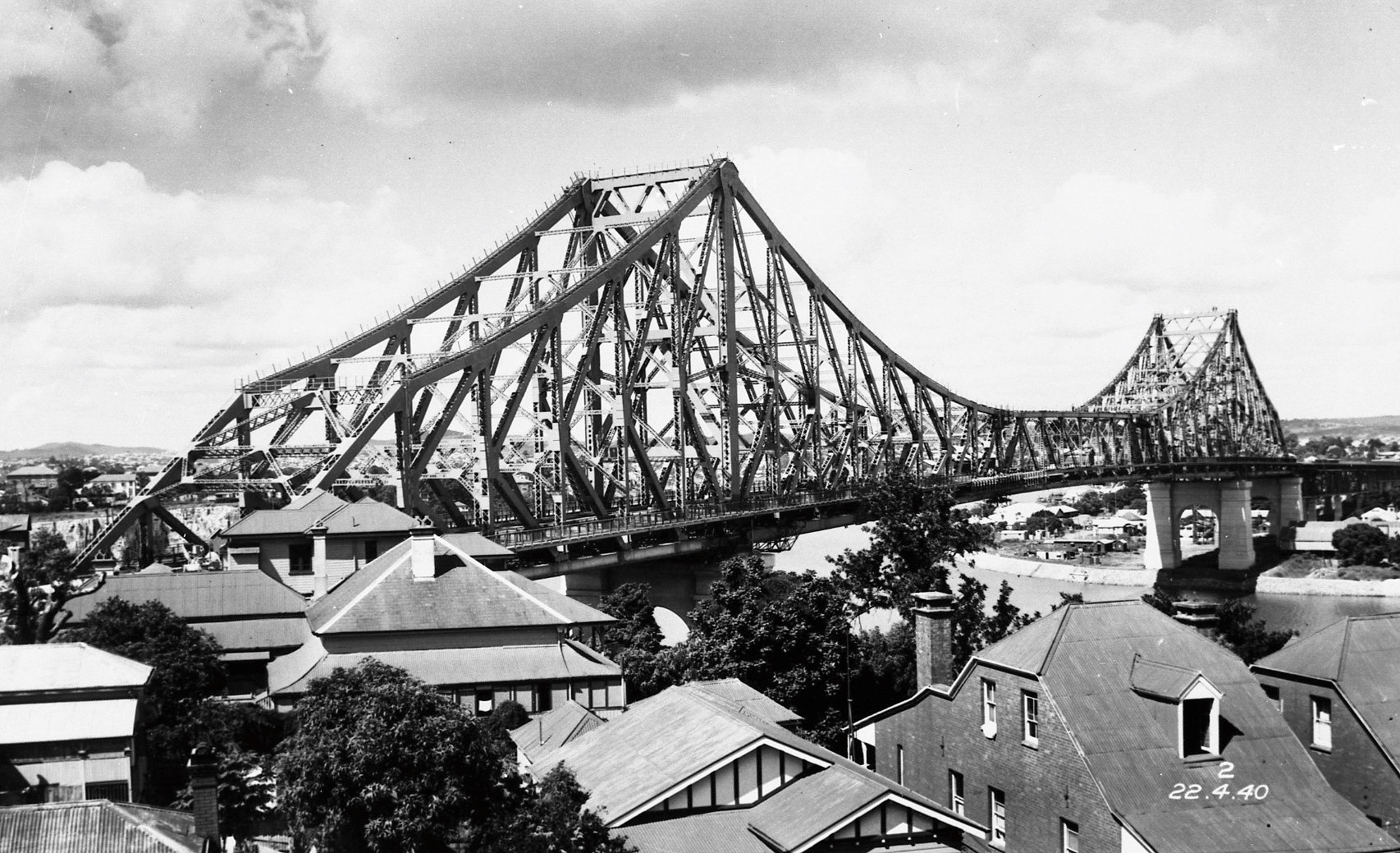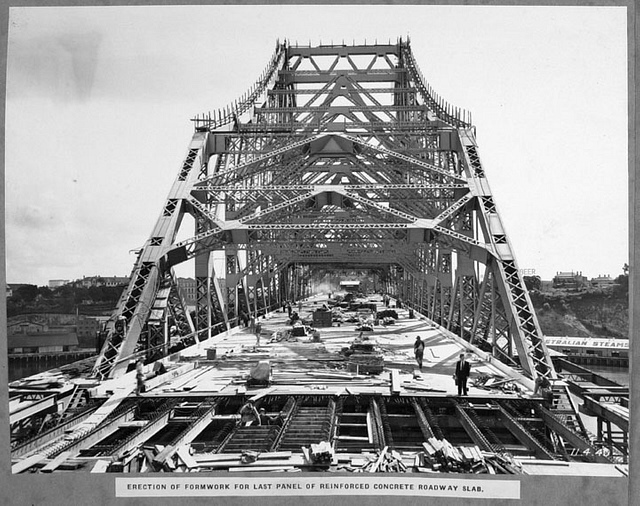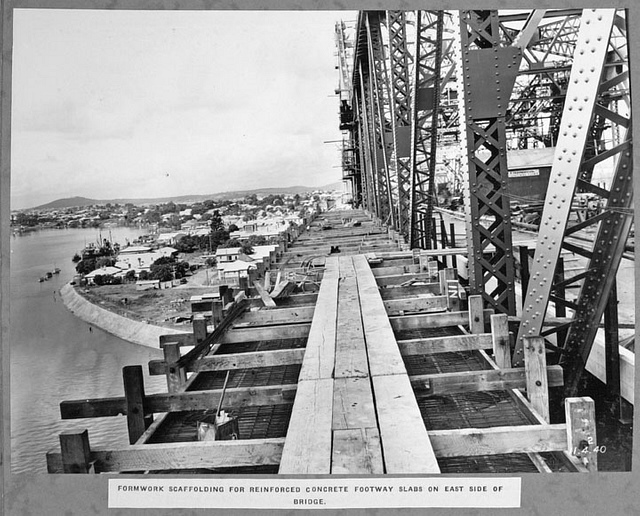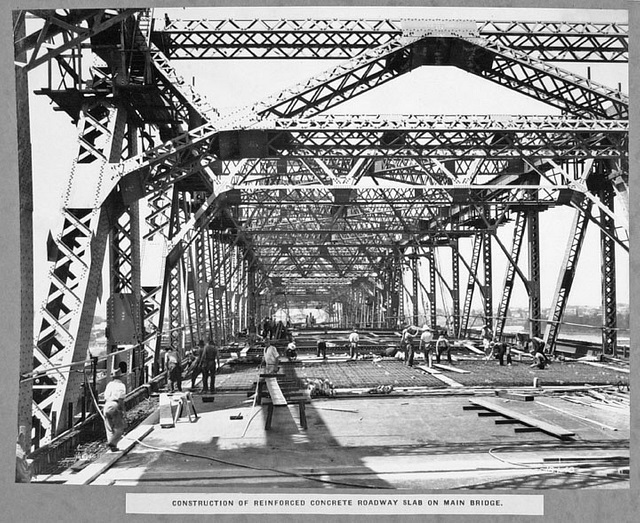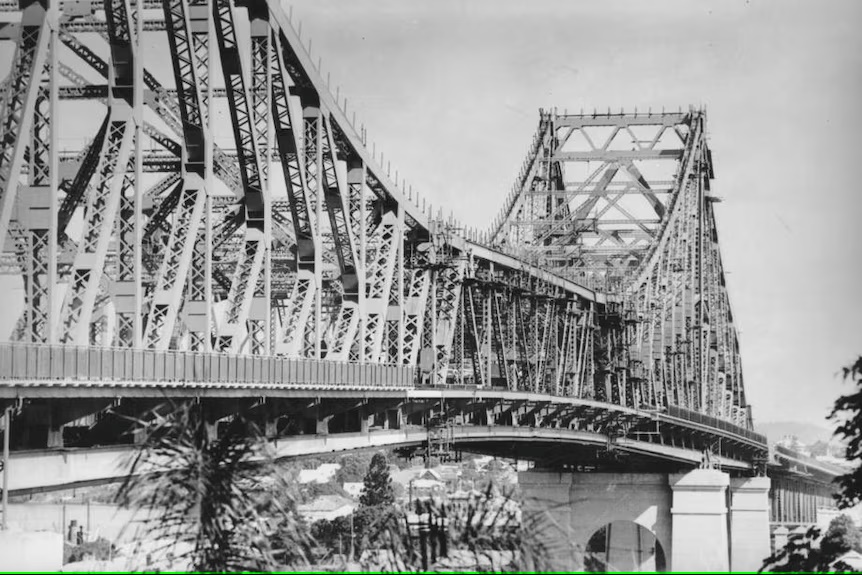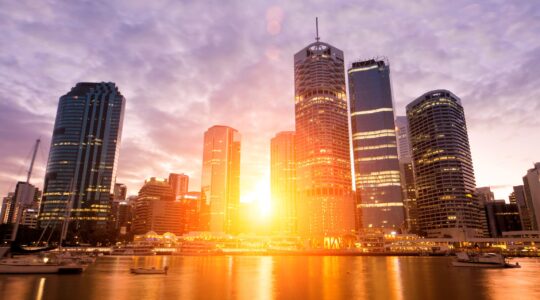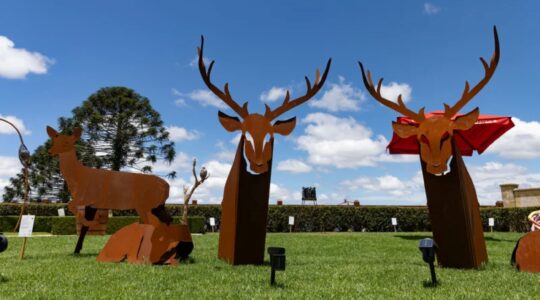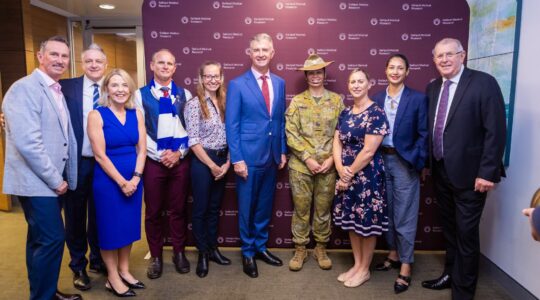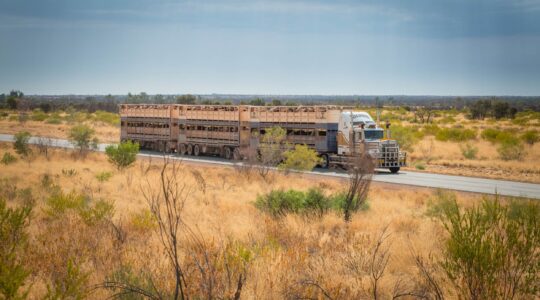Closing a traffic lane on the Story Bridge to quickly restore pedestrian access has been ruled out, as civic leaders work on an extensive plan to extend the life of the Brisbane icon.
A new report has revealed the bridge was approaching the end of its design life and restoration would require a sustained investment over the next 15 years in time for its 100th birthday in 2040. (See historic photos of the Story Bridge’s construction below)
Brisbane Lord Mayor Adrian Schrinner said the Story Bridge Restoration Committee had reported the bridge would not be able to carry traffic within 20 years without a full restoration.
Lord Mayor Schrinner said the Committee had also recommended the immediate restoration of the Story Bridge’s two separate footpath structures.
He said the recommendation came after an extensive, detailed structural assessment undertaken following Tropical Cyclone Alfred.
“The new assessment found sections of the paths were worse than previous reports had identified and, for the first time, revealed evidence of water leaking through the concrete.”
Lord Mayor Schrinner said council would now install protective netting beneath the footpaths due to spalling and also investigate deploying a temporary structure on one path ahead of the full restoration of both.
He said along with the existing detour for cyclists and pedestrians using the Kangaroo Point Bridge, other detour options would be considered, with planned work on the City Reach Boardwalk to be postponed to accommodate the existing detour.
“Closing a traffic lane on the bridge for cyclists and pedestrians has been ruled out.
“According to Council experts, it would require the closure of two lanes and cause widespread daily traffic issues on the Riverside Expressway, the Inner City Bypass, Wynnum Road, Gympie Road and Stanley and Vulture streets as well as other roads across the network.”
Lord Mayor Schrinner said the cost and timing of the footpath works would now be determined, alongside the completion of a detailed business case to determine the costs of the full bridge restoration.
“The Story Bridge is an icon and I’m sure all Queenslanders and all Australians will support its full restoration so it can continue to operate for another 100 years.
“The bridge was originally built by the State Government in the 1940s and clearly the full restoration project will be beyond the means of our Council.”
He said the Restoration Committee had recommended a number of funding models, including:
- Annual joint contributions over a 15-year restoration project by the Queensland and Australian governments and Council.
- The reintroduction of a toll like that in place on Sydney Harbour Bridge.
- An annual rates levy and corporate sponsorship.
Lord Mayor Schrinner said Council would seek a joint funding partnership with the State and Federal governments.
“A toll or levy will only be considered as a last resort,” he said.
He said a levy on residents was “unacceptable” given almost half the traffic that used the Story Bridge each day came from outside of Brisbane.
“Just like State and National governments have invested in restoring other historic bridges across the world, it’s going to take a team effort from all levels of government to restore the Story Bridge.”
Story Bridge fast facts
- The Story Bridge was originally built by the State Government between 1935 and 1940.
- The bridge operated as a toll road until 1947 when Council took on ownership of the bridge.
- More than 100,000 passenger, public transport and freight vehicles on average used Story Bridge each day.
- About 42.5 percent of Story Bridge trips are taken by users from outside Brisbane.
